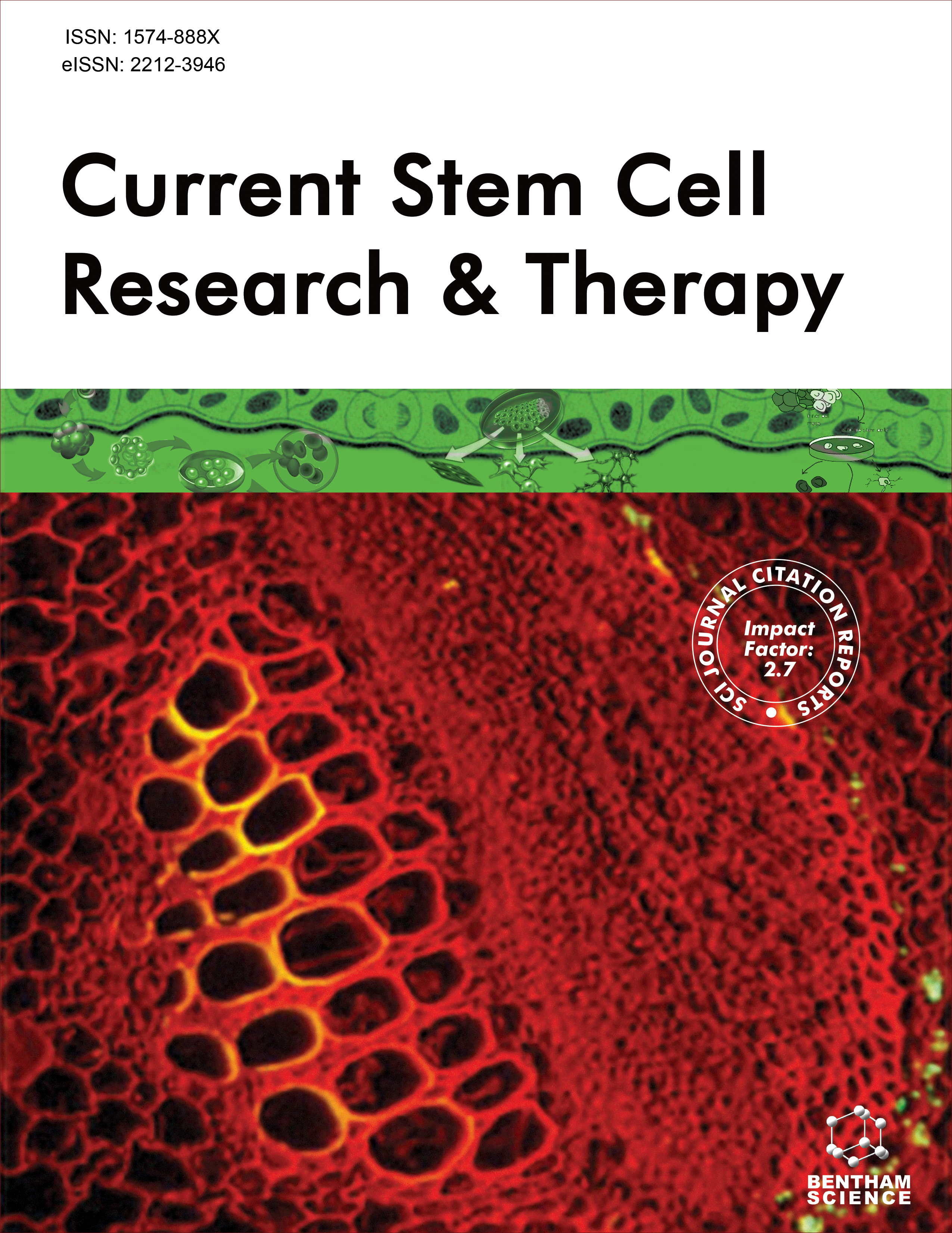
Full text loading...
We use cookies to track usage and preferences.I Understand

With the passage of time, the incidence rate of diabetes continues to rise. As a common and serious complication of diabetes, the economic burden of diabetes ulcers is also increasing. However, there is currently no unified clinical treatment strategy for its repair and research, and the treatment effect is not satisfactory. Exosomes derived from MSCs play a crucial role in improving diseases.
This study used the explant culture method to isolate human umbilical cord mesenchymal stem cells (hucMSCs) from Wharton’s jelly, which were identified by flow cytometry and differentiation potential and evaluated tumorigenic potential. The supernatant of P3-P5 cell culture medium was collected and high-concentration human umbilical cord mesenchymal stem cell exosomes (hucMSCs-Exos) were isolated through ultracentrifugation. Qualitatively identified were finished by transmission electron microscopy (TEM), nanosight tracking analysis (NTA) and Western blot (WB). CCK-8 assay and cell scratch experiment were used to evaluate the effects of hucMSCs-Exos on proliferation and migration ability of cells; chicken embryo chorioallantoic membrane experiment (CAM) was used to evaluate the angiogenic effect of hucMSCs-Exos. In order to study the effect of hucMSCs-Exos on diabetes wound healing, the diabetes mouse model was constructed by a high-fat feeding and a low-dose STZ injection. Fasting blood glucose and blood lipids were measured and oral glucose tolerance test (OGTT) was conducted; HucMSCs-Exos were subcutaneously injected into the T2DM wound model mice which were established by a high-fat diet and by a low-dose streptozotocin (STZ), and the wound healing was evaluations.
Cells were isolated by explant culture method, and flow cytometry analyses showed that these isolated cells were positive for cells markers CD29, CD90, and CD105, while negative for CD34 and CD45; moreover, these cells could be induced to osteoblasts, adipocytes, and islet-like cells. The tumorigenic experiments showed that these cells have no tumorigenicity. HucMSCs-Exos, separated by ultracentrifugation, displayed spherical or ellipsoidal vesicles with a diameter of around 120nm, positive for CD9, CD63, and CD81. And they could promote cell proliferation and migration, as well as promote vascular growth (p < 0.01). In vivo experiments showed that hucMSCs-Exos had a promoting effect on wound repair in diabetes mellitus type 2 (T2DM) mice (p < 0.01).
This study provides a new scheme for the treatment of T2DM ulcer.

Article metrics loading...

Full text loading...
References


Data & Media loading...
Supplements